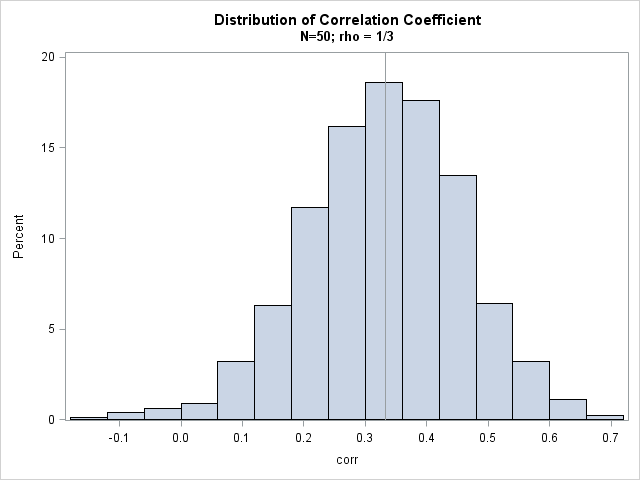
A SAS customer asked: Why isn't the chi-square distribution supported in PROC UNIVARIATE? That is an excellent question. I remember asking a similar question when I first started learning SAS. In addition to the chi-square distribution, I wondered why the UNIVARIATE procedure does not support the F distribution. These are



























